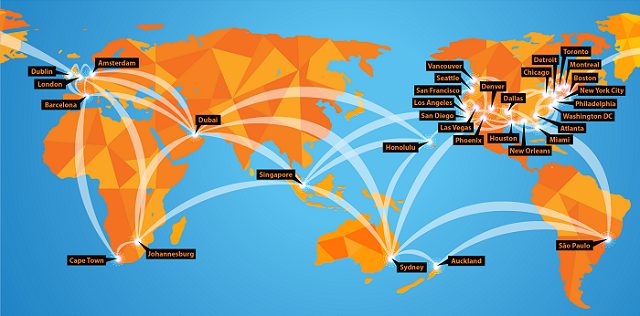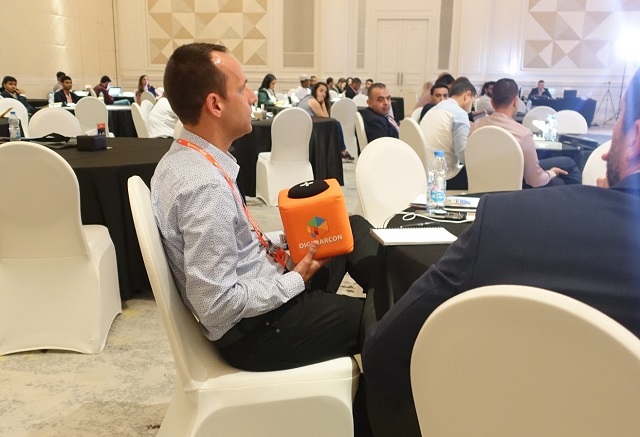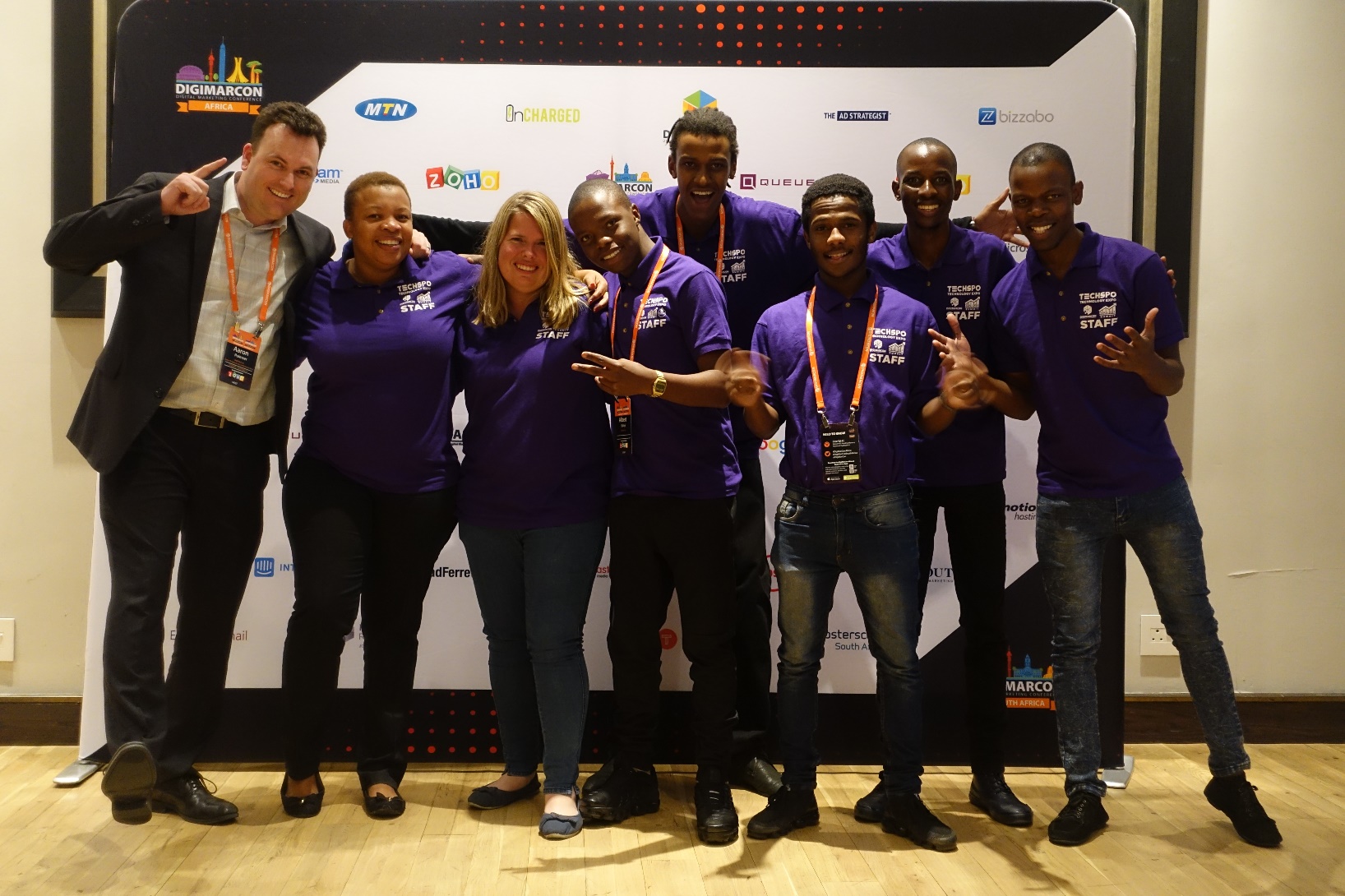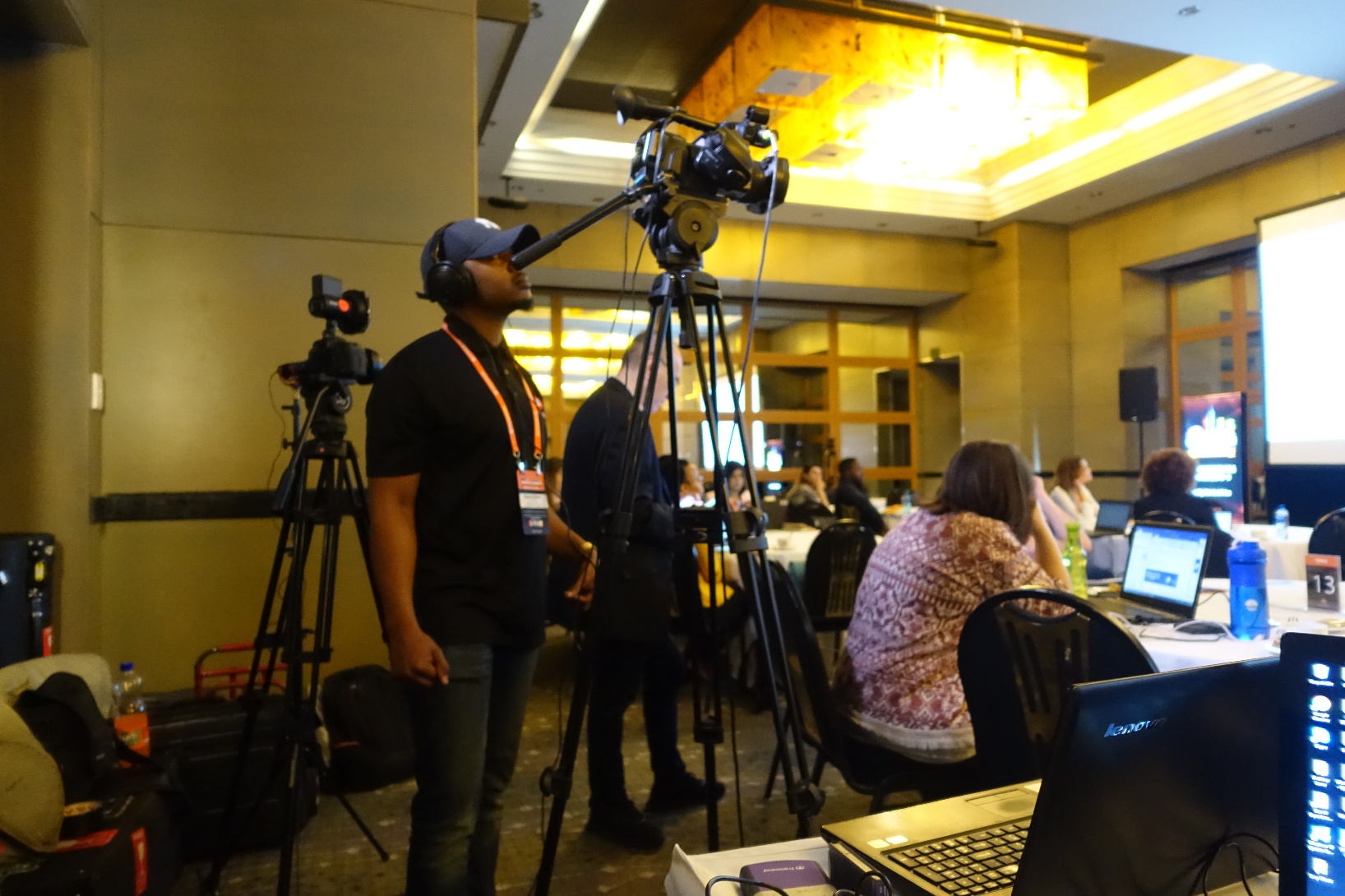Stop Targeting Keywords and Start Targeting Customers
By Neil Patel
For years we’ve all been taught that the first step to creating content that ranks is to target keywords.
For years, the ability to rank high in SERPs seemed to rely heavily on two things. First, pick keywords that are high traffic and low competition. Then, practice keyword density.
This is no longer true.
In fact, Google views too high of a density as keyword stuffing, which they will punish.
Keyword research is still important, but the way we should be implementing it has changed.
Why?
First, SEMRush did a study of Google’s ranking factors and found keywords were pretty far down the list. The first keyword related metric came in at 12th place.
That’s well below customer engagement metrics such as time on site and bounce rate.
Second, although meta tags are useful for users, they no longer influence rankings.
Google’s algorithm has become more sophisticated. It’s now smart enough that it no longer has to rely on simple keywords to tell it what your content is about.
If you want to be rank high in SERPs in 2019, you’re going to need to start targeting your customers and not just keywords.
Don’t worry. I’m going to walk you how to do this step-by-step.
But first, let’s look at the algorithm changes that have led to this shift.
Algorithms are becoming more human
In 2011, Google rolled out Panda which was designed to target and penalize sites that were producing thin and low-quality content.
Why?
People had learned that they could follow a practice called keyword stuffing to rank high in search results.
Here’s an example of keyword stuffing for the phrase ‘ALT Tags’:
Keyword stuffing may have helped rank your content in search engines, but it tended to result in an unnatural flow that didn’t resonate with readers.
Google recognized this and decided to find a way to penalize the practice.
This was just the beginning of Google reducing the effectiveness of keywords in SERPs.
The next year brought the introduction of the Knowledge Graph.
This was the beginning of Google being able to interpret strings rather than just isolated words.
For example, Google understands that when someone types in the keyword “Obama,” they probably are referring to the US President Barack Obama.
The knowledge graph can connect this one word with not only an actual person but also with some connections to other people, places, and things.
In 2013, there was even further advancement with the introduction of Hummingbird.
It was a huge change and a big step further in Google’s ability to handle “conversational search.”
Even five years ago, Google was beginning to understand and answer intent.
This 2013 example shows the simple question of, “will it rain tomorrow?”
The question did not have to state a location or ask for a weather forecast. Google simply knew the searcher’s location and knew that rain was related to weather.
In 2015, an even …read more
Source:: Kiss Metrics Blog




























